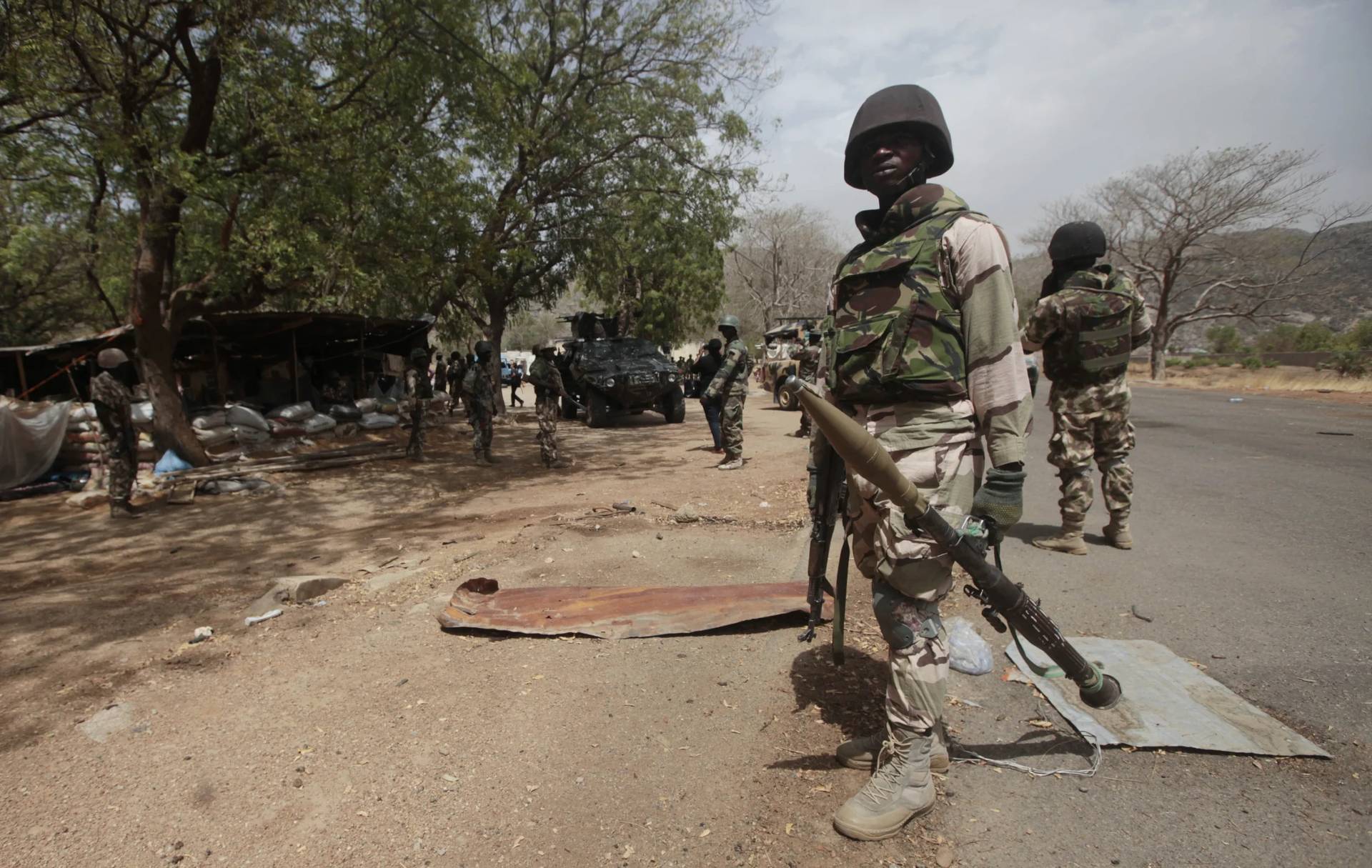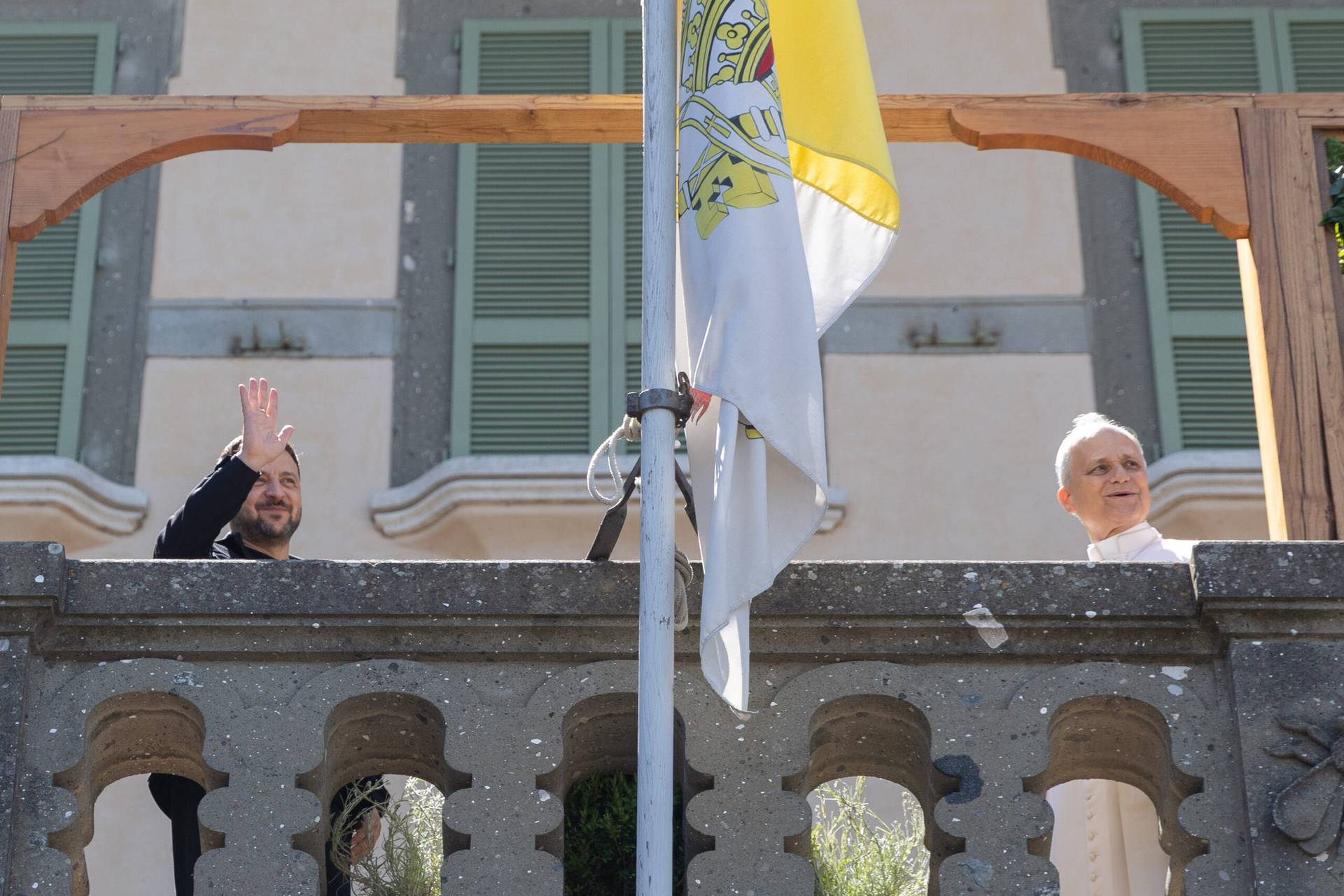ROME—A new book will hit Italian libraries on Tuesday, shedding light through previously unknown documents regarding the death of Pope John Paul I, and aiming to put an end to numerous conspiracy theories claiming the “Smiling Pope” was murdered in 1978.
The book, Pope Luciani, Chronicle of a Death, by Italian journalist Stefania Falasca, who also serves as vice-postulator of the late pope’s sainthood cause, reveals that hours before his death, John Paul I complained of chest pains. Yet he paid no attention to it, ordering that his doctor not be called.
According to long-time Vatican watcher Italian Andrea Tornielli, on the same day, or the day after, the Vatican will announce that Pope Francis is green-lighting the sainthood process for the man who was pope for 33 days, in between Popes Paul VI and John Paul II.
News reports from Sept. 30, 1978, clearly state that the pope had died of a heart attack. However, soon afterward he became the center of what Italian Cardinal Pietro Parolin, the Vatican’s Secretary of State, called “noir reconstructions.”
Francis’s top diplomat wrote the preface of the book, which he praised as a “reconstruction carried out following a rigorous historical method, based on exceptional documentation, up to now unpublished.”
Parolin also stresses that the sudden death of the smiling pope inspired for decades a “myriad of theories, suspicions, [and] suppositions.
“The brief pontificate of John Paul I,” the cardinal writes, “was not the passage of a meteor, which goes off shortly after.” Luciani, Parolin adds, strengthened “the design of a conciliar Church close to the pain of the people and their thirst for charity.”
As vice-postulator of the sainthood cause, Falasca had access to the secret documentation in the Vatican archives about his death, and had the opportunity to interview key witnesses who had remained silent until now. These include Sister Margherita Marin, one of the two nuns who found him dead in his bedroom on Sept. 29.
After noting that the pontiff hadn’t touched the coffee that had been left for him in the sacristy at 5:15 a.m. the eldest of the two, Sister Vincenza, went looking for him. Leaving the papal room in shock, she called Margherita, who went into the room, touched his hands and found them cold. She also recounts being struck by the darkness of his nails.
Margherita’s sworn testimony reveals that the original information given by the Vatican regarding who had discovered the pope was wrong, since at the time it was claimed that his secretaries did. Falasca’s book, however, does confirm the cause of his death was that which was given at the time.
Obituaries paint Pope John Paul I as a potentially revolutionary pope that might have been, putting aside the “pompous trappings” reserved to the papal installation, such as the papal tiara and discontinuing the use of the sedia gestatoria, or portable throne. He also dropped the royal “we.”
Many also underlined the high hopes that had been put on him regarding reform of the Vatican finances. Indeed, speculation that John Paul I’s death was somehow linked to intrigues surrounding the so-called “Vatican bank,” the Institute for the Works of Religion, have been among the most popular sources of conspiracy theories about his untimely death.
John Paul I’s 33-day papacy in 1978 was the 10th shortest of all time, and the briefest since Leo XI’s in the early 17th century. Yet many observers have pointed out that the ferment shows he only needed a month to leave a deep mark on the Catholic imagination.
According to a piece from the archives of The Guardian, while he was archbishop of Venice, he’d asked his parish priests to “sell the gold and jewels which people had donated to a saint or the Virgin Mary, and to use the money to help the needy.”
Despite being known as the smiling pope, he was also a determined man, as several anecdotes that have been told through the years show. When Luciani was a bishop and one of his parishes chose a new pastor without consulting him, he entered the church and removed the Eucharist, refusing to return it until the situation was resolved.
Similarly, when some priests in Venice openly backed the liberalization of divorce in defiance of church teaching, Luciani disbanded the group and suspended the priests.
He seemed to have a sense of the challenges he’d have to face. During his first Angelus address after his election, he joked with the crowd, speaking of “the danger” of his being elected: “As soon as the danger began for me, the two colleagues sitting next to me whispered words of encouragement, one of them saying: ‘Take courage, the Lord who gives you this burden will give you the strength to sustain it,'” he said.
Tornielli wrote in Vatican Insider, a news site run by Italian daily La Stampa, that on Tuesday Nov. 7 the Congregation for the Causes of the Saints will have its ordinary session in the Vatican. On that day, they’re “called to pronounce Albino Luciani’s ‘heroic virtues’.”
That same day or the following, according to the journalist, Francis will sign the decree. He also reveals that two alleged miracles attributed to the intercession of the late pope are currently being investigated.
The Argentine pontiff is known to be keen on his predecessor, having quoted him on various occasions, despite the scarcity of texts by the pope of 33 days.
In the interview book “The Name of God is Mercy,” published in 2016, Francis cited all of the popes since the Second Vatican Council (1962-65), but the one he quoted the most was John Paul I — referring to him, as Italians generally do, as “Papa Luciani.”
Among other things, Francis quoted a line from a homily Luciani gave in 1958, when he was named the bishop of Vittorio Veneto by St. John XXIII. In it, Francis recalled, Luciani said he had been chosen “because the Lord preferred that certain things not be engraved in bronze or marble but in the dust, so that if the writing had remained it would have been clear that the merit was all and only God’s.”
When asked about who he has in mind when speaking about merciful priests, Francis immediately referenced a homily from then-Cardinal Luciani, who used St. Leopold Mandic’s example of a destitute donkey to illustrate what mercy looks like.
If a donkey is walking along the road and falls on the cobblestones, one must not “go there with a stick to beat it, poor little thing. It’s already unfortunate enough,” Luciani had said.
Instead, he said a person should take the donkey by the halter and help it up, saying “up, let’s take to the road again…Now we will get back on the road, and we will pay more attention next time.”
John Paul I also charmed the world by using simple, direct pastoral language in his public addresses, sometimes irritating theologians and canonists with ambiguous soundbites such as his famous line from the Angelus of 10 September 1978, saying that God “is our father; even more he is our mother.”
Both his immediate successor and Francis have used similar expressions since then.
















